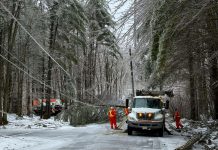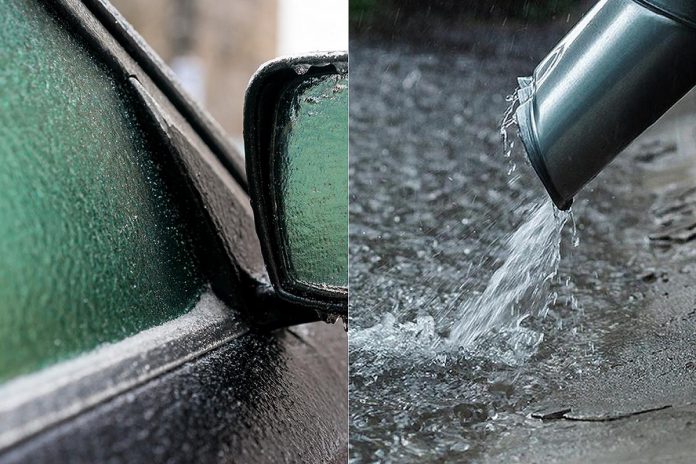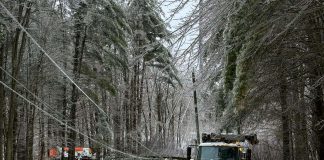Environment Canada has issued a freezing rain warning for the entire Kawarthas region for Wednesday (April 2), as well as rainfall warnings or special weather statements for significant rain following the freezing rain.
The freezing rain warning is in effect for Peterborough County, Kawartha Lakes, Northumberland County, Haliburton County, and Hastings Highlands. Rainfall warnings are in effect for Peterborough County, Kawartha Lakes, and Northumberland County, with special weather statements for significant rain in effect for Haliburton County and Hastings Highlands.
Freezing rain will begin east of Lake Huron Wednesday morning before reaching central Ontario later Wednesday afternoon. Precipitation may begin as snow and ice pellets for some areas. Total ice accretion of 2 to 4 mm is expected.
“This freezing rain event will not be nearly as significant as the ice storm from this past weekend,” Environment Canada states.
However, easterly winds gusting 50 to 60 km/h may exacerbate any tree damage. Surfaces such as highways, roads, walkways, and parking lots may become icy and slippery.
As temperatures rise above the freezing mark, freezing rain will transition to rain over southwestern Ontario Wednesday afternoon and across central Ontario Wednesday evening.
The rain, at times heavy, will result in total amounts of 20 to 40 mm in Peterborough County, Kawartha Lakes, and Northumberland County, and 15 to 25 mm in Haliburton County and Hastings Highlands.
With thunderstorms expected, rainfall amounts may exceed 50 mm over some areas. Rain will end from west to east Thursday morning.
As the ground is already near saturation, it has little ability to absorb further rainfall and localized flooding in low-lying areas is possible. Heavy downpours can cause flash floods and water pooling on roads.



























